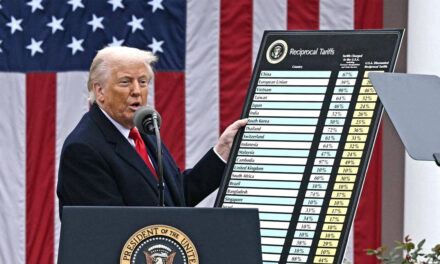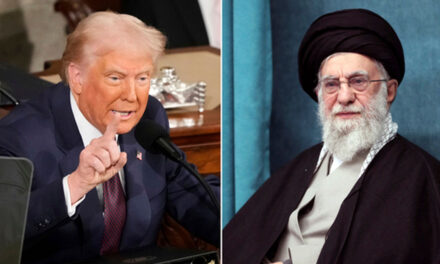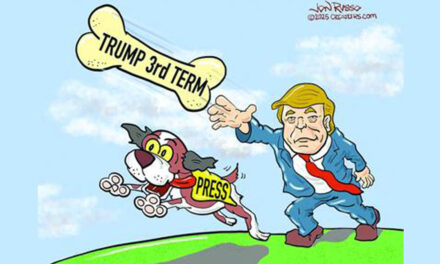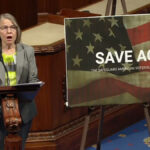
OPEC Limits Production to Buoy Prices
After two years of low prices and staggering losses, a desperate OPEC has finally agreed to limit production. The move sent prices soaring, but analysts warn that the effect won’t last.
The price of oil peaked in June 2014 at about $115 before plummeting to less than $35 by February 2016. More recently, prices have hovered between $40 and $50 per barrel.
OPEC’s decision to limit production is aimed to help floundering nations whose economies are dependent on oil exports.
A final decision was reached this Wednesday in Vienna. OPEC nations agreed to cut crude production by about 1.2 million barrels a day (4.5%) during the first six months of 2017. This will be the first cut in eight years.
Oil prices have risen 15% since the announcement, but remain far lower than they were in 2014.
Wednesday’s deal is proof that “the weight and resilience of OPEC is still there and will continue to be,” says Qatar Energy Minister Mohammed bin Saleh al-Sada.
Russia, while not a member of OPEC, is also involved in the deal. Putin, who pushed for production cuts back in September, has agreed to cut Russia’s output by 300,000 barrels a day.
Saudi Arabia is OPEC’s biggest producer – meaning it has also suffered the highest losses. While the Saudis allowed the oil glut to occur in an attempt to compete with shale production in North America, they have now agreed to cut production by 486,000 barrels a day.
Saudi Arabia and Iran seem to be locked in a pumping competition, and many wonder if limiting production for a mere six months will do anything to alleviate the oversupplied market. Saudi Arabia currently produces over 10 million barrels a day, and Iran’s production has increased by one third since the lifting of sanctions in January.
“Iran’s influence in OPEC, and indeed in the region, has been growing since the lifting of nuclear-related international sanctions,” says OPEC analyst Bhushan Bahree.
War-torn Libya has doubled production since August and hopes to reach 900,000 barrels per day by January. Iraq and Nigeria have also increased production.
Fracking companies in the US are the biggest potential threat to OPEC’s plan. If higher prices convince these companies to start drilling again, supply will go back up and prices will fall. OPEC will have accomplished nothing – and it will have lost market share.
“If higher prices bring higher output, prices will not remain up for long,” warns Middle East Energy Analyst Jim Krane. “It won’t be long before we’re back where we started.”
Let’s also keep in mind that adherence to OPEC’s deal is not a given. Further issues include the enmity between Iran and Saudi Araiba as well as President-elect Donald Trump’s vow to rip up the JCPOA.
Editor’s note: OPEC has no choice, many of the oil producing countries, including Saudi Arabia, Venezuela and Russia are headed toward bankruptcy without a significant change in condititions. We predicted this earlier this summer. Price will rise. Unfortunately, Trump will be substantially improving America’s oil production capabilities, so they are in for even worse times.
Their gambit to put American shale oil companies out of business has failed.

























“There are methods which you could do it,” said Trump when asked about a third term just this weekend. “I’m…
Larry, while I tend to agree that a trump third term is highly unlikely-it is not for the reasons that…
From media bias/fact check: "Overall, we rate The American Alliance for Equal Rights as right-biased based on advocacy that favors…
Here's hoping we do not repeat history! Reed Smoot, Chairman Senate Finance Committee April 18, 1931 "One of the most…
Where did Trump's tariff plan, if you can call it that, come from? Trump has talked tariffs well before politics…